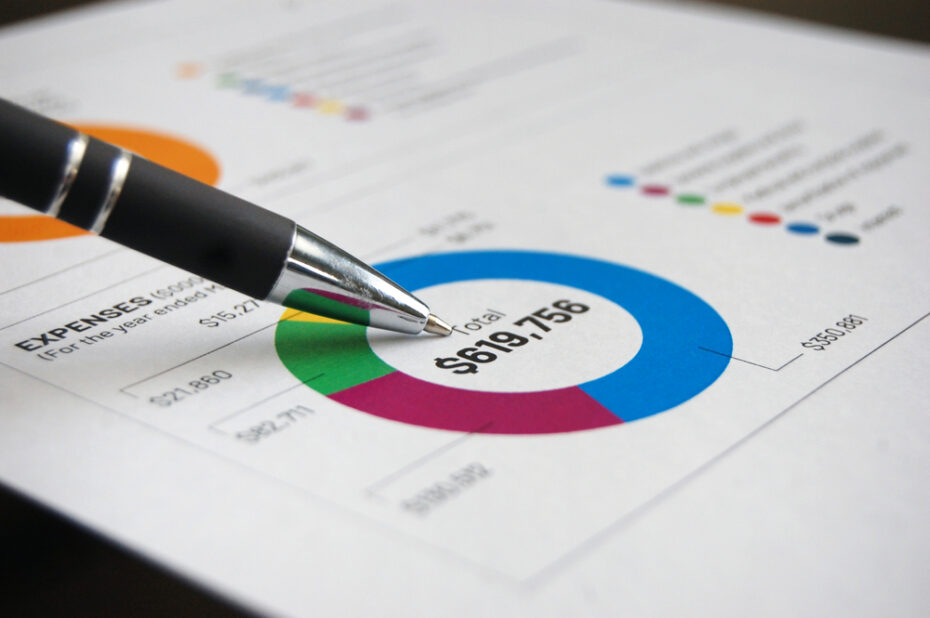How Mismanaging Your Portfolio Can Cost You $600,000 In The Long Run

Asset allocation is one of the most important components to growing your nest egg and achieving financial freedom. Where you deploy your money and how it grows and compounds could (and will!) make all the difference. In fact, mismanaging your portfolio could be financially crippling from some people.
So how should you allocate your investments?
Most of the financial management world used to swear by a very simple and archaic method whereby you subtract your age from 100 – and that’s the percentage of your portfolio that you should keep in stocks. Crazy, right? RIGHT!
An example of that would be:
Age: 35
Stocks Allocation 65%
Bonds Allocation: 35%
As you may or may not know, bonds historically are a safer investment, but they also grow at a much lower percentage. And that means, allocating too much money towards bonds could be a costly decision.
Just how costly?

According to The Motley Fool by way of USA Today
Imagine you’re able to invest $300 a month over a 40-year period. That’s a reasonable amount of money to part with on a monthly basis, even if you’re more of an average earner. If you load up on stocks in your portfolio and snag an average yearly 8% return, you’ll wind up with $932,000. On the other hand, if you play it safe and stick to bonds, which deliver a 4% average annual return over those 40 years, you’ll wind up with just $342,000. All told, that’s a difference of nearly $600,000.
Everyone’s risk tolerance and life needs are different. But humans are living longer and some antiquated rules are made to be broken. Or, at the very least, altered to be in line with the times. Maybe 120 is the right number to subtract from? It would certainly keep you from having a $600,000 bond blunder in your portfolio.
So if you’re under 40, and still in your wealth accumulation phase, you should take a good hard look at how exposed you want to be to bonds. If you’re closing in on retirement and you want and need steady returns you can rely on year-over-year, then of course your portfolio should be heavy in bonds.